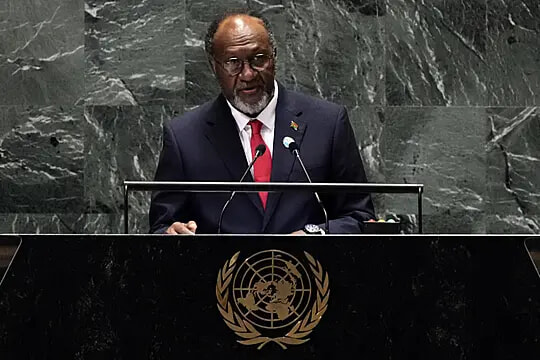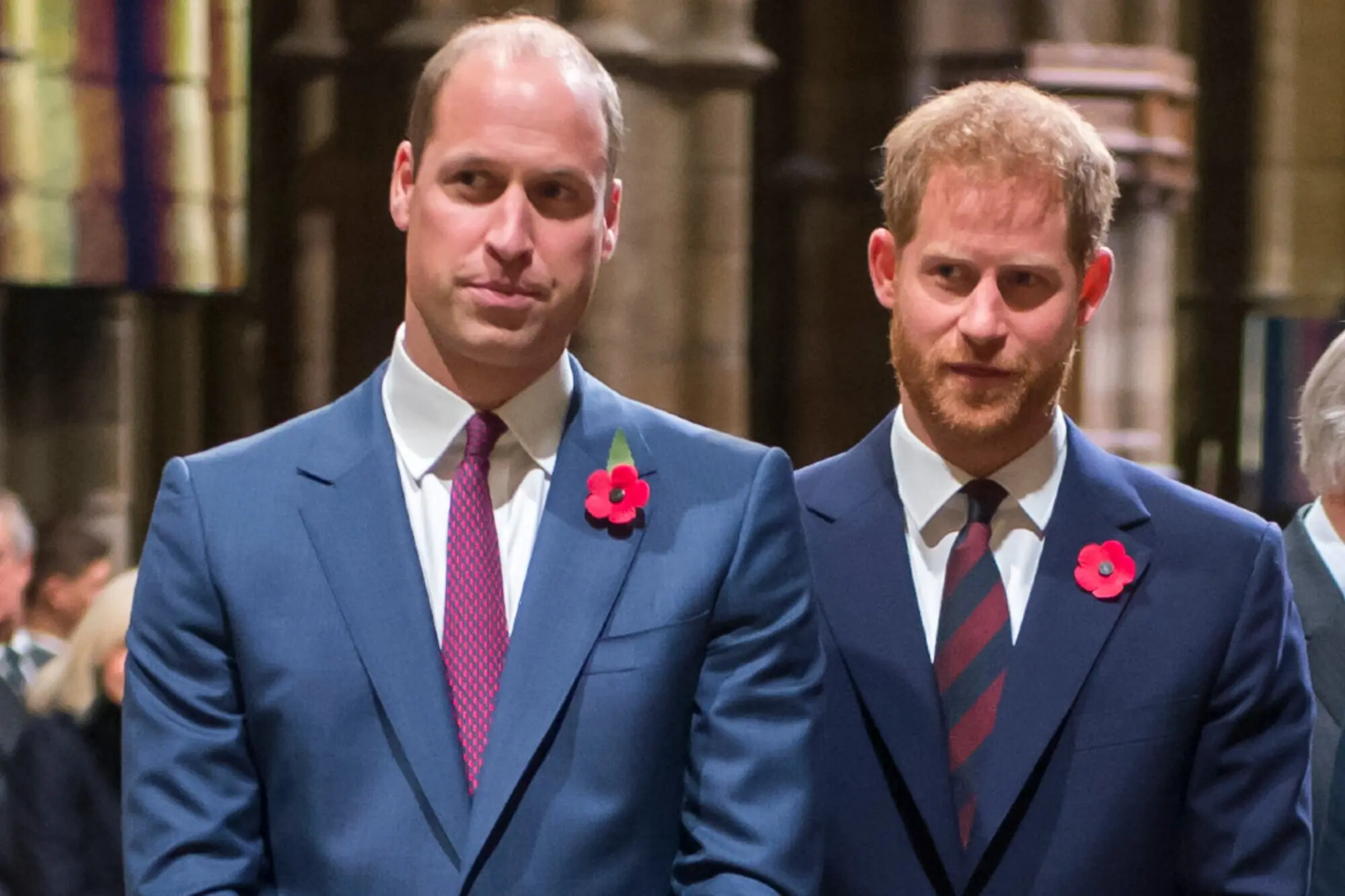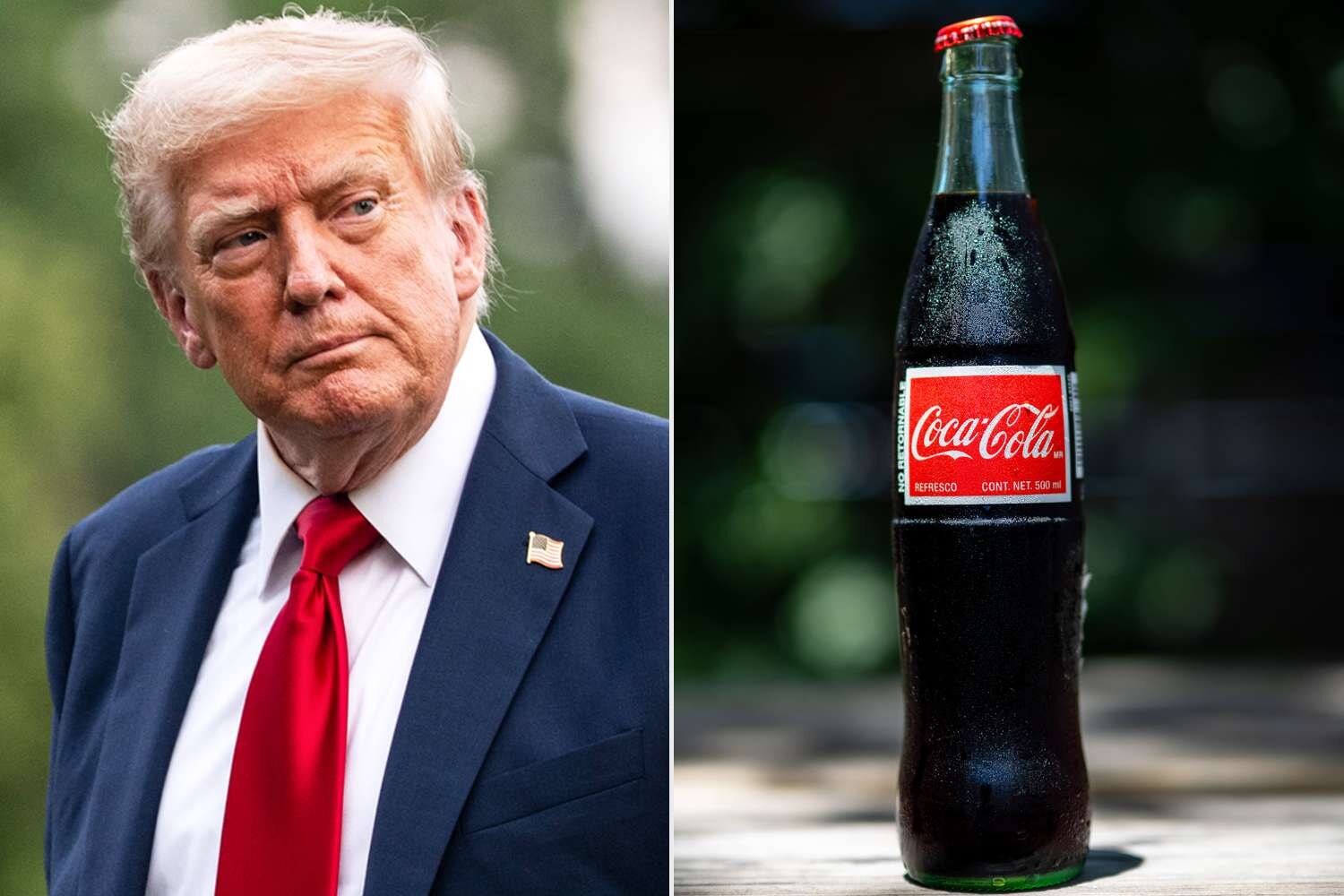
Youtube Raises Minimum Live Streaming Age to 16 & Will Ban Underage Creators
Is this a long time coming?
Published July 3, 2025
Advertisement
Advertisement
1. The New Age of YouTube Live

Starting July 22, 2025, YouTube will officially raise the minimum age for creators wishing to live stream alone from 13 to 16, marking one of the platform’s biggest changes in youth protections to date.This shift replaces the previous rule that allowed 13- to 15-year-olds to broadcast without adult oversight, requiring all users under 16 to be visibly accompanied by an adult throughout any live stream.The policy was confirmed in posts on YouTube’s Help support page and through announcements made across the industry, impacting millions of young users worldwide.YouTube’s updated guidelines state that adults supervising these streams must actively participate, not just appear off to the side.This rule aims to ensure genuine co-creation and prevent adults from acting as passive bystanders while minors host content.The platform will initially begin enforcement by restricting live chat for non-compliant streams, a measure meant to protect young users from inappropriate interaction.Over time, YouTube plans to escalate penalties for violations, including removing streams and temporarily disabling live streaming for repeat offenders.Attempts to bypass restrictions by starting new channels could result in account termination, signaling a zero-tolerance stance on circumvention.Affected creators will be notified by email when their streams are taken down, and guidance will be provided for regaining compliance.YouTube encourages creators under 16 to designate adults as editors, managers, or owners on their accounts if they wish to keep streaming with supervision.The move reflects YouTube’s broader efforts to respond to regulatory pressure and industry trends around child safety online.
Advertisement
2. Why YouTube Is Raising the Bar

YouTube’s decision to tighten its live streaming age requirements follows decades of public criticism, regulatory scrutiny, and safety incidents involving minors on its platform.Historically, the platform allowed anyone 13 or older to stream live, but growing concern over digital threats and inappropriate engagement has fueled demands for stronger protections.A major motivator for the change is the dramatic increase in young users seeking to build online audiences, with livestreaming becoming a powerful—but risky—form of self-expression.Advocacy groups and regulators have repeatedly called out the dangers of exposing children to predators, harassment, and privacy violations during live broadcasts.The company has faced legal challenges, hefty fines, and the threat of stricter government intervention if it failed to provide robust safeguards for children.By raising the age limit and mandating adult co-hosting, YouTube is positioning itself as proactive rather than reactive in the evolving landscape of digital safety.Industry insiders say this change is also a response to increased pressure from lawmakers, particularly in the U.S. and Europe, who have pushed for age verification and stricter youth privacy controls.Platform officials have stated that the new policy is designed to shield young users from dangerous content, inappropriate engagement, and online threats.While YouTube hasn’t shared a specific incident that triggered the rule change, the cumulative effect of criticism and public pressure has shaped this major update.Google, YouTube’s parent company, is exploring machine learning and AI-driven solutions to verify users’ ages more reliably in the future.
Advertisement
3. How the New Rules Work

With the July 22 deadline approaching, YouTube has spelled out clear steps for compliance and outlined consequences for breaking the new rules.To start a live stream, creators must now be at least 16 or have a supervising adult with them, both visibly and actively present during the broadcast.Younger users between 13 and 15 can only participate in live streams if an adult is co-creating and appears on camera throughout.That adult must also have account-level permissions—such as editor, manager, or owner status—so they can initiate the stream using YouTube’s Live Control Room.Simply being nearby isn’t enough; the adult needs to engage with the broadcast as much as the younger creator does, according to YouTube’s updated guidelines.Streams that violate these rules will have their live chat functions disabled immediately, removing a primary avenue for real-time interaction.Continued noncompliance will result in further sanctions, including the potential removal of streams and temporary suspensions from live broadcasting.If a banned user attempts to evade restrictions by switching to another channel, they risk a total account ban.YouTube’s enforcement measures will roll out in stages, giving creators time to adjust but setting clear boundaries for what’s allowed going forward.The company has issued detailed support documents and safety tips for young streamers and their families to help them adapt.This combination of technical, policy, and educational tools is intended to ensure a smooth but firm transition to safer streaming practices.
Advertisement
4. Industry Trends and Regulatory Pressure

YouTube’s overhaul of its live streaming age policy is part of a larger movement among tech giants to strengthen protections for minors online.In recent years, other platforms like Meta and TikTok have implemented or tested similar age restrictions, reflecting a coordinated industry response to global concern over youth safety.Government regulators in both the U.S. and the European Union have introduced or threatened legislation mandating stricter age verification and minor protection online.Google, which owns YouTube, has rolled out unified frameworks for minor safety across its advertising and content platforms, often anticipating government mandates.The timing of YouTube’s policy change aligns with broader digital advertising trends and privacy reforms impacting everything from social networks to connected TV.Increasing scrutiny has also come from high-profile lawsuits and settlements, most notably Google’s $170 million settlement for violating children’s privacy on YouTube.Companies are racing to update their policies before stricter regulations are enacted, hoping to avoid harsher penalties and reputational damage.New verification systems, including AI-driven age estimation and teen-specific account protections, are rapidly being adopted across the digital landscape.Content moderation and user privacy controls are now considered baseline requirements for platforms that want to retain trust with regulators and families.YouTube’s global approach—applying these age restrictions across all markets—sets a new standard and may influence how other companies design their youth safety policies.
Advertisement
5. Challenges in Enforcing Age Restrictions

Despite the sweeping changes, enforcing age restrictions on digital platforms remains a significant technical and cultural challenge.Current systems often rely on self-reported age information, which is notoriously easy for minors to falsify, leaving loopholes in even the most well-intentioned rules.YouTube acknowledges that some children will try to circumvent the new guidelines by lying about their age during registration or by using family accounts.To address these gaps, Google is actively developing machine learning and AI-based systems that estimate a user’s age based on their online behavior and content preferences.These experimental tools analyze viewing habits, language patterns, and other signals to identify underage users, automatically adjusting recommendations and access accordingly.While promising, such technologies raise their own privacy and accuracy concerns, and their deployment is closely watched by regulators and advocacy groups.Until more robust age-verification methods are in place, YouTube and similar platforms will depend on community reporting, manual reviews, and parent engagement to flag violations.Education campaigns targeting parents and young creators are another critical component, empowering families to understand and follow the new rules.YouTube’s gradual, step-by-step enforcement plan reflects the difficulty of implementing sudden changes on a platform used by billions.The company promises that further clarifications and improvements will follow, adapting the policy based on user feedback and emerging challenges.Ultimately, balancing accessibility, creativity, and safety remains an evolving and complex task for the world’s leading video platform.
Advertisement
6. Safety Guidelines for Young Streamers

Alongside its new age requirements, YouTube is introducing an updated suite of safety recommendations targeted specifically at 16- and 17-year-old creators.These guidelines emphasize the importance of protecting personal information, urging young streamers to avoid sharing real names, addresses, schools, or phone numbers during broadcasts.YouTube also warns against displaying location clues such as house numbers or recognizable landmarks, which could make it easier for viewers to track down a creator’s whereabouts.Privacy settings play a central role in the new recommendations, with young users advised to work closely with parents or trusted adults to configure channels for maximum security.Appointing adults as moderators is strongly encouraged to help monitor and filter chat activity, quickly removing inappropriate or threatening messages.YouTube advises that if a young streamer feels uncomfortable or threatened during a live session, they should immediately stop streaming and alert a trusted adult.The platform also recommends having a parent or guardian nearby during streams, even for users old enough to broadcast independently.These measures build on existing tools like YouTube’s Family Center, content reporting systems, and automated moderation features.Community education remains a priority, with regular updates and safety tips circulated to creators, families, and viewers.The intent is not just to impose rules but to foster a culture of awareness and shared responsibility for digital safety.By combining technical controls with practical guidance, YouTube aims to empower the next generation of creators to thrive in a safer, more supportive environment.
Advertisement
7. Impact on Creators and Brands

The shift to a higher age minimum for solo live streaming carries far-reaching implications for the entire YouTube creator ecosystem.Many young influencers and aspiring streamers will now need to adjust their workflows, securing adult supervision to maintain their connection with audiences.Content creators working with brands and marketers must ensure all production practices align with the new age requirements, especially for youth-focused campaigns.User-generated content, once a wide-open field for creators of all ages, will now be more tightly controlled for minors, affecting everything from gaming streams to educational broadcasts.Brands that have previously partnered with younger creators may need to reevaluate contracts and campaign strategies to stay in compliance with YouTube’s evolving standards.Influencer agencies and digital marketing teams are preparing for increased verification demands and closer oversight of their talent pools.The policy change also levels the playing field, requiring amateur and professional creators alike to meet the same age and supervision criteria.For families, the update is a call to become more directly involved in the content their children produce and consume.YouTube maintains that these rules enhance—not replace—existing safety infrastructures, including automated detection and reporting mechanisms.Over time, the increased supervision and accountability may lead to higher trust and engagement from both audiences and advertisers.Ultimately, the policy shift reflects a broader industry trend towards prioritizing safety and transparency over unrestricted growth.
Advertisement
8. Global Reach and Technical Hurdles

Unlike some platform policies that vary by country, YouTube’s new age requirements for live streaming are being implemented uniformly across all markets.This global rollout simplifies communication and sets a single standard for creators, regardless of their location or audience size.However, it also presents new challenges, as regional regulations and cultural norms around youth media differ widely.International regulatory bodies may demand even stricter controls or verification methods, forcing YouTube to adapt the policy in certain jurisdictions over time.Technical implementation remains a complex undertaking, with the platform needing to monitor millions of live streams for compliance in real-time.Developing reliable verification systems for adult supervision and age confirmation is an ongoing project, with YouTube hinting at future updates as these tools evolve.Manual review of streams at scale is nearly impossible, so the platform will likely depend on AI, user reporting, and pattern recognition to enforce the new rules.Global enforcement also means addressing linguistic and cultural barriers, ensuring guidance is clear and accessible in dozens of languages.Despite these hurdles, YouTube’s consistent, platform-wide approach signals its commitment to making live streaming safer everywhere.This international scope could set a precedent for other platforms facing similar challenges with youth protections.As the policy matures, continued feedback from creators, viewers, and regulators will drive further refinements.
Advertisement
9. The Road Ahead for YouTube’s Youth Policy

The introduction of higher age limits and stricter supervision is only the latest chapter in YouTube’s evolving approach to digital safety.The company has promised that future enforcement will be rolled out in phases, with initial penalties focused on disabling chat features before escalating to full stream removals or account suspensions.YouTube has not provided an exact timeline for when stricter penalties—such as permanent bans—will be broadly enforced, leaving room for further adjustments based on user response and technical developments.The platform acknowledges that appeals processes for policy violations are still being clarified, and that ongoing updates to documentation will be necessary.Feedback from families, creators, and industry groups will continue to shape how the rules are interpreted and applied.Ongoing development of age-verification technologies and AI moderation tools is expected to play a central role in YouTube’s future efforts to keep young users safe.The company has indicated that its policies will remain flexible, adapting to new risks and regulatory demands as they arise.The commitment to transparency is central, with promises of regular communication and education campaigns for all affected users.YouTube’s gradual, collaborative approach aims to avoid the pitfalls of abrupt, poorly-implemented policy changes that have plagued other platforms.As digital landscapes continue to shift, YouTube’s next steps will likely focus on striking the right balance between creative freedom and safety.The road ahead remains challenging, but these updates mark a significant milestone in the ongoing quest for responsible online community standards.
Advertisement
10. Toward a Safer Streaming Future

With its new live streaming age policy, YouTube is making a clear statement about its priorities for the platform’s next era.The move reflects a growing recognition that protecting young users is a shared responsibility among tech companies, regulators, families, and creators.By establishing clear, enforceable rules for minors and promoting active adult supervision, YouTube hopes to set a new benchmark for youth safety online.The success of these policies will depend on continued vigilance, innovation, and open communication between all stakeholders.Machine learning and AI verification may offer solutions to enforcement challenges, but ethical and privacy concerns will need to be navigated with care.Creators, marketers, and families alike must remain adaptable as the digital safety landscape continues to evolve.Industry observers will be watching closely to see how YouTube’s approach shapes broader trends in social media regulation and online youth engagement.As the policy takes effect, a period of transition and adjustment is inevitable, but the potential benefits for community safety are significant.YouTube’s willingness to listen, learn, and revise its approach signals a long-term commitment to getting youth safety right.While there are no easy answers, the platform’s latest steps move the entire industry closer to a future where creative expression and protection go hand in hand.The new era of YouTube live streaming will be defined by this ongoing pursuit of safer, smarter, and more inclusive digital spaces.
Advertisement
Advertisement
You May Also Like






